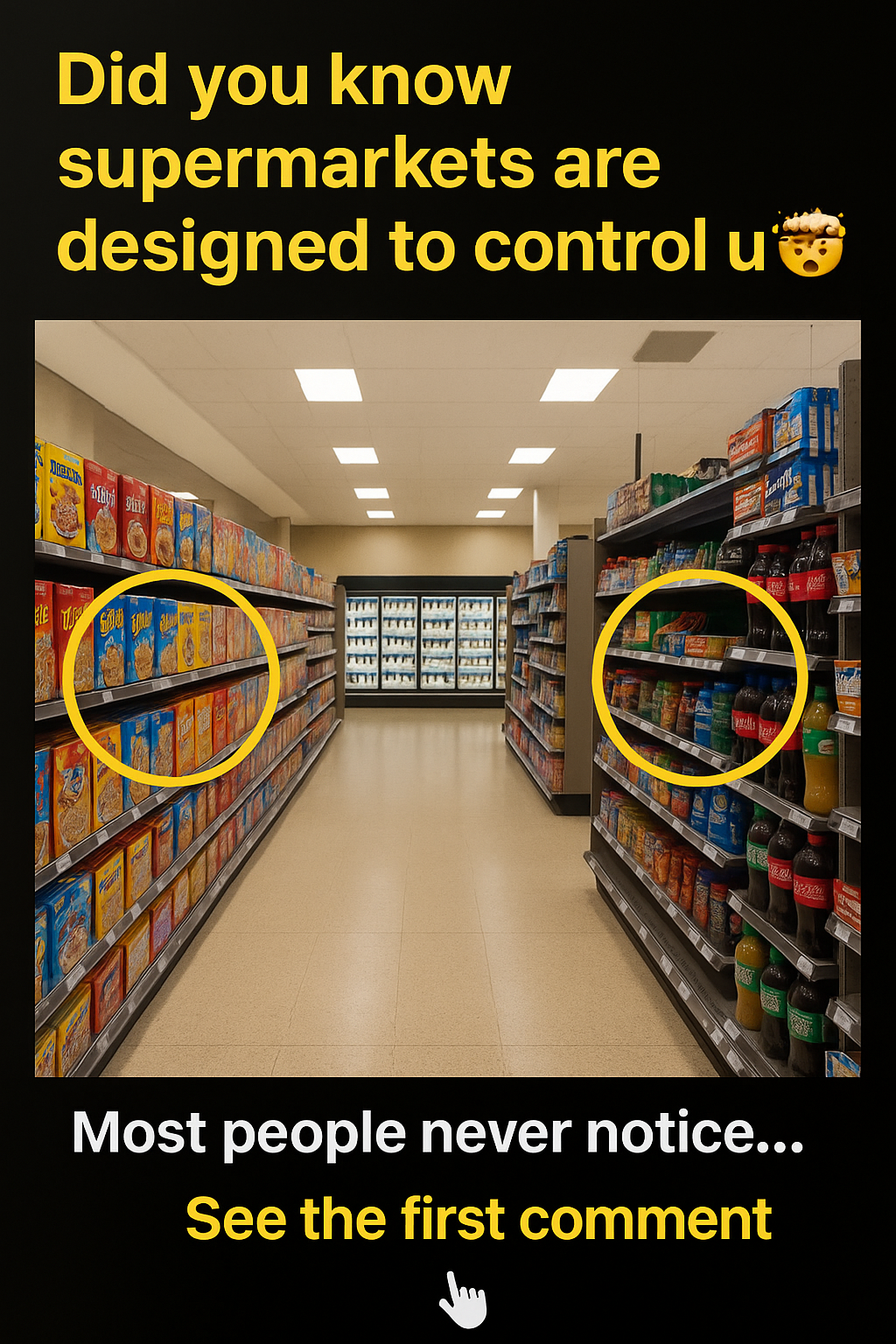3. Eye-Level Psychology
Big brands pay supermarkets extra money to have their products placed at eye level, where you’re most likely to see them first. For kids, colorful cereals and snacks are placed on lower shelves—right at their eye level—so they’ll beg their parents to buy them.
4. Smell & Mood Tricks
Many stores pump the smell of fresh bread or coffee into the entrance. This instantly makes you feel warm, cozy, and hungry—lowering your resistance to spending more. Flowers near the entrance work the same way, putting you in a good mood.
5. Bigger Carts, Bigger Bills
Shopping carts have doubled in size over the years. Studies show that the bigger your cart, the more likely you are to fill it—often with things you didn’t even need.
6. Sales That Aren’t Real
“Buy 2, Get 1 Free” or “10 for $10” deals trick your brain into thinking you’re saving money. In reality, you often spend more than planned just to chase the deal.
💡 The Takeaway
Supermarkets are designed like casinos: bright, tempting, and full of psychological tricks to keep you inside longer and spending more. Next time you shop, try to be aware of these strategies. Make a list, stick to it, and see how much money you save.
